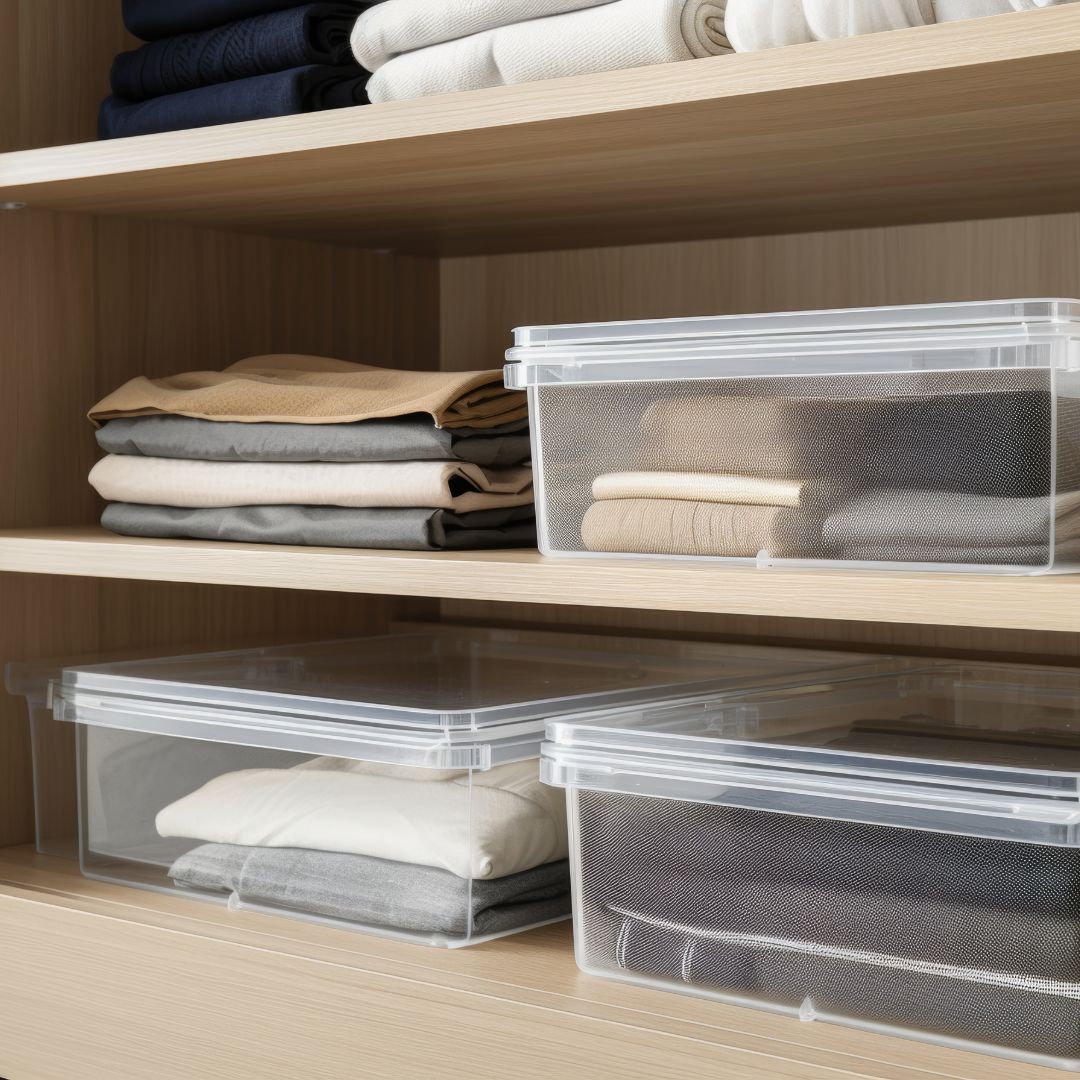After investing in professional laundry services, proper storage is essential to maintain the cleanliness, freshness, and longevity of your garments. Whether you've had your clothes dry-cleaned, steam-pressed, or delicately washed, how you sort and store them afterward plays a big role in keeping them in pristine condition. Here's a complete guide on the best practices for storing clothes after professional laundry care.
1. Let Clothes Breathe Before Storage
Once you bring your professionally laundered clothes home, don’t stash them away immediately. Let them air out for a few hours in a well-ventilated space. This helps dissipate any lingering cleaning solvents or moisture that may have been trapped during packaging. Especially for dry-cleaned garments, this simple step prevents fabric damage and musty odors.
2. Remove Plastic Covers
Many professional laundry services return clothes in plastic garment bags. While these covers protect your clothes temporarily, they can also trap moisture and lead to mildew or yellowing over time. Always remove plastic wrapping and replace it with breathable fabric garment bags if long-term storage is needed.

3. Use the Right Hangers
Avoid using wire hangers, which can distort the shape of your clothes. Invest in high-quality, padded, or wooden hangers, especially for suits, dresses, and blouses. For heavier items like coats, broad and sturdy hangers are best to support the garment’s weight and preserve its structure.
4. Fold Heavy and Knitwear Items
Sweaters, woolens, and knitwear should not be hung, as gravity can cause them to stretch out. Instead, fold them neatly and store them in drawers or storage bins. Add acid-free tissue paper between folds to reduce creasing and protect delicate fabrics.
5. Organize by Season and Usage
Store off-season clothes in a separate section or use vacuum-sealed storage bags to save space and keep dust at bay. Keep frequently used garments easily accessible to avoid unnecessary handling or re-ironing.
6. Keep Storage Areas Clean and Dry
Moisture and dust are your clothes' worst enemies. Store clothing in dry, cool, and well-ventilated areas. Avoid humid basements or unsealed attics. Use dehumidifiers or moisture-absorbing products like silica gel or activated charcoal to prevent mold and mildew.

7. Use Cedar or Lavender Sachets
Instead of traditional mothballs, use natural deterrents like cedar blocks or lavender sachets. They keep insects away and leave your clothes smelling fresh. Replace them every few months for maximum effectiveness.
8. Rotate Clothes Regularly
Even stored clothes need attention. Rotate them occasionally to prevent creases from becoming permanent and to inspect for any signs of insects, mildew, or fading. This also ensures nothing is forgotten and left to age in the back of your closet.
Conclusion
Proper clothing storage after professional laundry services protects your garments from damage and extends their life. With a little care—like choosing the right hangers, using breathable covers, and keeping your storage area clean—you’ll continue to enjoy fresh, crisp, and well-maintained clothes every day. Following expert tips can make all the difference in preserving your wardrobe’s quality over time.



